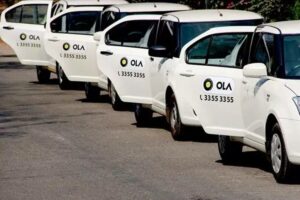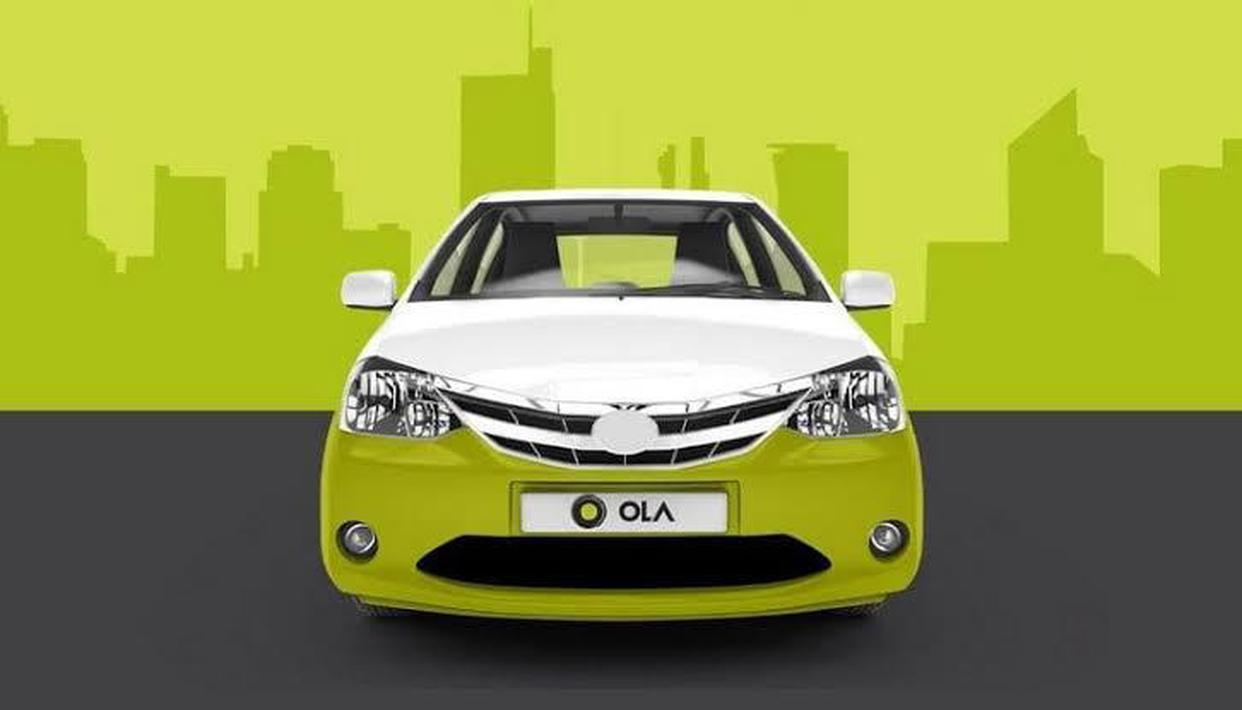In November 2021, the unicorn, Ola, was in the news for various reasons. Firstly, the frenzy electric-scooter launch. Secondly, the company sold about 1,000 cars on its used-car exchange platform in just two days during Diwali. Thirdly, the 15-minuted online grocery delivery service. Lastly, it booked operating profit for the first time.
The CEO mentioned the two most pivotal events for the company- the launch of Ola electric-scooters and the public listing of the cab-hailing company.
Automotive experts have raised concerns over the market readiness for the scooters and the delay in production. Ola Electric also postponed the delivery of its scooters to the second half of December due to a global semiconductor shortage. It is perplexing because the company had created an image in everyone’s mind that it had ensured supply chain optimization and procured enough chips and other critical components.
Also, DRHP filing was in October, but it will now happen in the first quarter of 2022. Due to the delay, the listing will take place in mid-2022. Also, amid the IPO preparation, many personnel like Ola mobility business CFO and general counsel left the company.
Under the sheen profitability and launch of new businesses lies a patchy diversification, shrinking core business, and high churn of employees. In such a situation, will investors subscribe to the shares of Ola?

Financials
Ola and Ola electric are independent companies under one brand, sharing the same management talent. Ola has a marginal stake of 5% in Ola Electric. The company thinks that the mania around the launch of the electric scooters will influence its IPO. It has targeted a valuation of around $15 billion.
In the second round of funding of $500 million, Warburg Pincus and Temasek bought shares from existing shareholders at a discount of 30-35%.
In the previous funding round (two years ago), Ola’s valuation was $5.5-6 billion. Vanguard Group, in its reports, marked down the valuation at $3 billion. The report also states that it is in talks for a ‘Pre-IPO’ round at a $7billion valuation.
Despite the dubious valuation, Ola is preparing for a stellar public listing. Moreover, Ola recording operating profit is significant. The unicorn reported an operating profit of ₹76 crores for FY21 on a standalone basis after its core cab-hailing business dwindled to a third of what it was in 2020.
Ola’s exceptional losses stood at ₹1402 crores. The loss is because of the investments and loans given to its subsidiaries and associate companies, making its net losses fall by 20% on a YOY basis. In addition, the revenue was also down by 60%.
Problems in Ola’s non-core business
Ola faces problems in its core business. The efforts to expand non-core businesses are not fruitful because of the little revenues and heavy losses. Over the years, 90% of Ola’s revenue is still from its core business (cab-hailing).
The other three businesses that Ola is into are- food, leasing and wallets. The combined earning from these non-cab hailing businesses is ₹100 crores.
The unicorn has seen little success in all the non-cab hailing businesses for the past six years. The pay-later offers and ride insurance makes its financial services solely dependent on its core business. It also exited its food business after making multiple attempts and huge losses. Ola Foods is currently building a dark kitchen chain, but it is still a small business. Also, Ola Fleet Technologies, its car leasing business, faced a loss of ₹654 crores in 2020 as most cars were lying idle.


Competitors of Ola
Ola is now experimenting with grocery delivery and the sale of used cars. The low take rates restrict profits, but regular use of the app is an opportunity for them to offer other digital services to customers.
The company has witnessed multiple unsuccessful experiments in these businesses. There are dominant competitors in every segment. For example, in Fintech, there is Paytm, PhonePe, etc., Rebel rules the dark kitchen space, and quick commerce has Swiggy Instamart, Grofers, etc. Most of the competitors are well-established unicorns having enough resources and workforce to scale their core business and operations.


Human Resource at Ola
Ola has unstable management with a high attrition rate. The CXOs leave the company frequently, showing company’s inability to execute ambitious projects.
The employee turnover rate was 35% in FY21. The volatility is more in senior management.
Rohit Munjal (HR officer) and Gaurav Porwal (Chief operating officer) have left within a year. The exits are at regular intervals, which exhausts the existing workforce.
The workforce at Ola tries to multitask- focus on the core business and also competes with Paytm, Rebel foods, Grofers, etc. The top-level management handles various functions at a time. The founder and CEO of Ola, Aggarwal, is focusing on its new venture of Ola Electric.
Dinesh Radhakrishnan, joined six months ago, is handling engineering of Ola cabs and is CTO at Ola Electric. Likewise, Arun Sirdeshmukh joined as the business head of Ola Electrics and now manages an additional position of CEO at Ola Cars.
The chief product officer, chief marketing officer, and chief people officer work in both companies. Ola’s disclosures mentioned that Ola Electric is neither a subsidiary nor an associate company. It is a company in which directors have shown interest.

Supply challenges faced by Ola
There is some level of saturation in the cab-hailing business. In FY20, the revenue grew marginally by 6%, with a drastic fall in the pandemic year.
In August, there were 4,88,000 drivers- 20% lesser than the pre-pandemic levels. Most of the three-wheeler and bike taxi drivers left due to low commissions and ticket size. There are approximately 3,00,000 cars. Many taxi drivers had to leave their job due to their inability to repay the loans.
The supply will get expensive if there is any large-scale attempt. It will affect the profitability matrix. But it is necessary to expand the core business to increase engagement on the platform and grow the adjacent businesses.
Conclusion
Ola is focusing on the used-car vertical for obvious benefit- here average ticket size is ₹5000 while the average ride fare is ₹150. The car sales will boost gross transaction value, helping to cover up all the lost volumes.
The cumulative losses are ₹17,500 crores till date. The company needs to pay $500 million in debt before the IPO. It may have burnt $2.5 billion and will still need money.
To conclude, Ola is an evolving story. After Paytm’s IPO, India’s market may not have the risk appetite for businesses that are still figuring out ways for themselves. So, is it the right time for Ola to go public?




